- Stone Center
- Blog
Limestone vs. Travertine: Which Stone Is Better for Your Needs?
23/7/2025
3/3/2025
Limestone vs. Travertine: Which Stone Is Better for Your Needs?
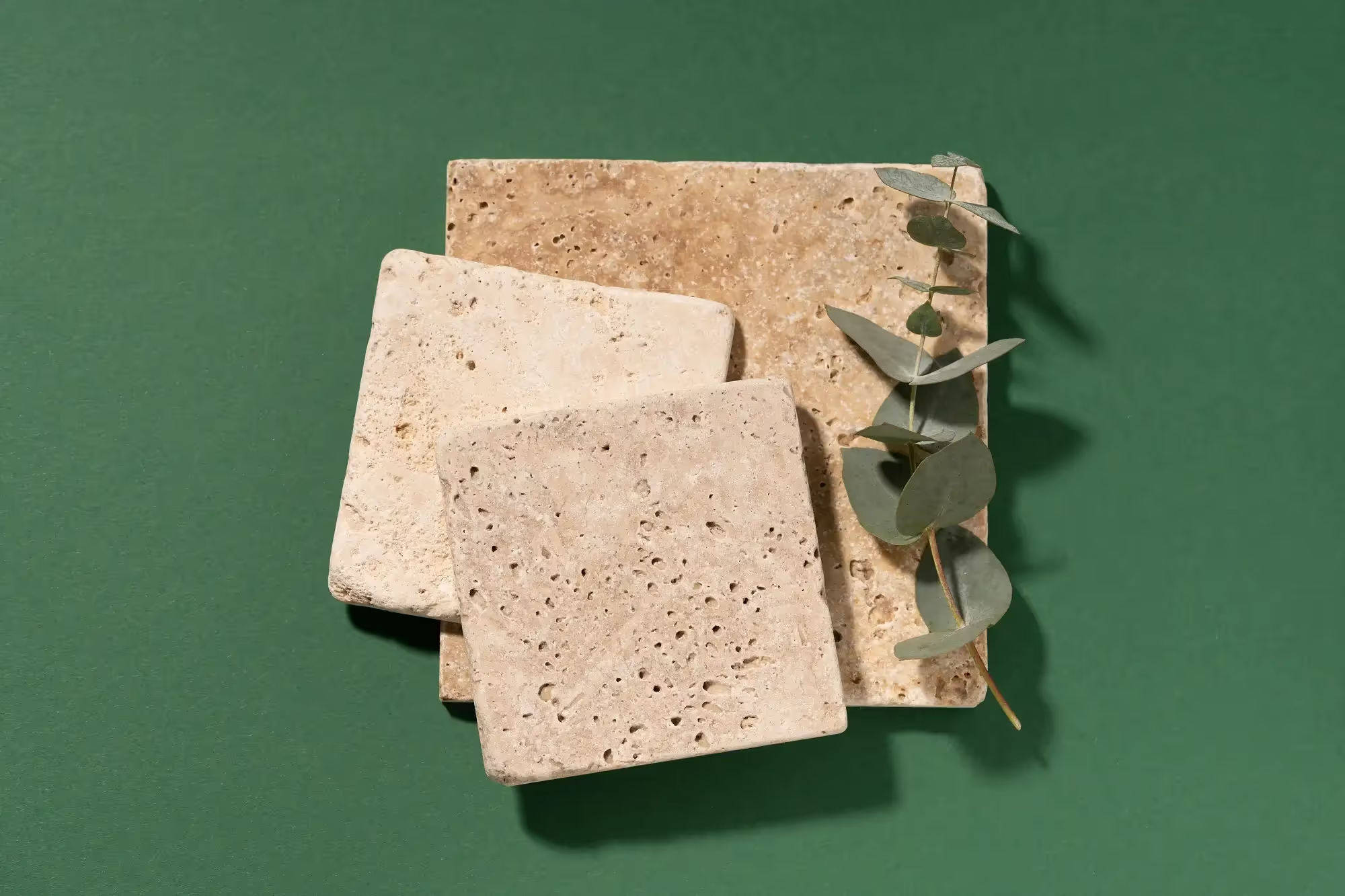
Limestone and travertine are two of the most popular natural stones in home design, but figuring out which one is right for your project isn’t always easy. They may look similar at first glance, but their differences can impact everything from durability to maintenance.
Limestone, for example, offers a wide range of uses, from functional coping stones to elegant fireplace surrounds. Similarly, travertine is a preferred choice for many interior designs like fireplace surrounds, due to its unique texture and warmth.
In this guide, we’ll delve into the nuances of both travertine and limestone, exploring their individual properties, applications, and the factors influencing their selection for various home improvements.
Is Travertine Really Limestone?

Is travertine actually limestone? Yes, but not all limestone is travertine. While both stones form over time from compressed minerals and organic materials, they take shape in different environments. Traditional limestone develops deep underwater, compacting tiny shells and fossils into solid rock. That kitchen tile? It was once part of an ancient seabed.
Travertine, though, doesn’t come from the ocean — it forms around lakes, rivers, and hot springs. This gives it a more porous structure, making it lighter but also more absorbent. That’s why travertine needs extra sealing to prevent moisture damage, while denser limestone holds up with less maintenance.
Curious about travertine's unique characteristics, benefits, and best uses? Check out our comprehensive travertine stone guide to discover everything you need to know!
Limestone vs. Travertine: Key Differences
Limestone and travertine are popular choices for construction and design, each with unique characteristics. Understanding the difference between limestone and travertine is key to selecting the right material for various projects.
To help you quickly grasp the key differences, we’ve provided a limestone vs. travertine table below, summarizing their most important characteristics. If you're looking for a detailed breakdown, continue reading after the table for an in-depth explanation of each factor.
Appearance
The way limestone and travertine form plays a huge role in how they look. Limestone tiles have a smooth, fine-grained surface with minimal imperfections, giving them a clean and uniform appearance. Their small, barely visible pores add to their refined aesthetic, making them a great choice for a polished, modern look. Limestone typically comes in shades of gray, white, and brown.
Travertine, on the other hand, has a much more textured appearance. Its naturally occurring holes — formed by mineral deposits — give it a rugged, organic feel. Unlike the sleek look of limestone, travertine has distinctive veining and comes in a wider range of warm, earthy colors, from beige and brown to red and gray. Whether polished or left in its raw form, it brings a rustic charm that stands out in any setting.
Durability
Limestone is dense, durable, and built to last, making it a solid choice for high-traffic areas. Its low porosity means it absorbs very little moisture, helping it resist wear over time. Another bonus? It reflects light, keeping surfaces cool even under direct sunlight, which makes it ideal for outdoor use.
Travertine is slightly harder than limestone but also more porous, meaning it can wear down faster if left unsealed. That said, with proper care and sealing, travertine holds up well — especially in areas with moderate to high foot traffic. It’s strong, beautiful, and can last for decades when maintained correctly.
Porosity & Water Absorption
Limestone’s low porosity makes it naturally resistant to moisture absorption. That’s why limestone pavers are such a great choice for patios and poolside areas — they require less sealing and less maintenance overall.
Travertine, however, is much more absorbent due to its many natural holes. If left unsealed, it can soak up water quickly, leading to potential damage. But that extra porosity comes with a hidden perk: its textured surface provides better slip resistance, making it an excellent option for pool decks and other wet environments. Just be prepared for regular sealing to keep it in top shape.
Maintenance
Limestone’s smooth surface and density make it incredibly easy to clean. A quick wipe-down and occasional sealing are all it takes to keep it looking its best. Its natural strength and minimal upkeep also make it an attractive feature for future homeowners.
Travertine, on the other hand, needs more TLC. Dirt and moisture can settle into its natural holes, meaning frequent cleaning is a must. If you’re considering travertine, be ready for a bit more maintenance — regular sealing and cleaning are essential to prevent staining and etching, which can impact its long-term appearance.
What Are Travertine and Limestone Best For?
Travertine and limestone each bring unique qualities to home design, offering both beauty and functionality. Whether you're looking for a warm, inviting interior or a durable, weather-resistant exterior, understanding their strengths will help you choose the perfect stone for your space.
Interior Champion: Travertine's Warmth and Charm
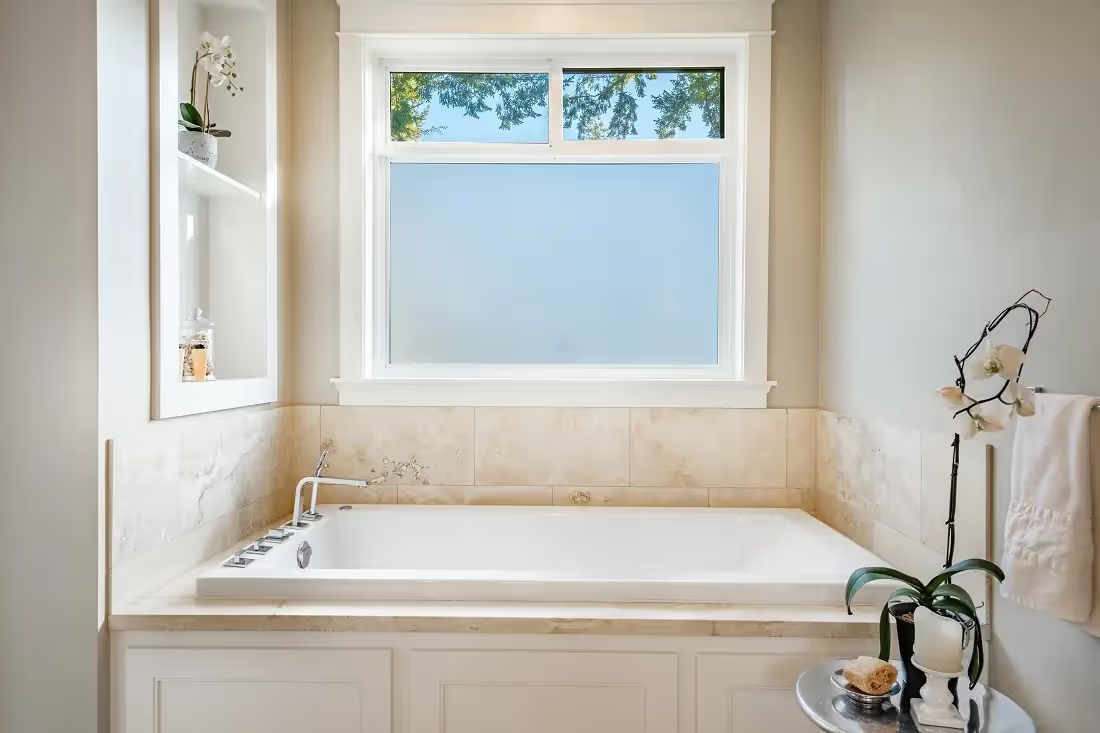
Picture a spa-like bathroom with soft, honed travertine tiles underfoot. Beyond its natural beauty, travertine is a practical choice for bathroom floors and shower walls, thanks to its water resistance when properly sealed. It’s also a standout option for kitchen backsplashes, bringing warmth and texture to your cooking space.
Another major perk? Travertine offers a high-end look at a more budget-friendly price compared to marble. This makes it a fantastic flooring choice for homeowners who want luxury without overspending.
And while it’s often associated with interiors, travertine works beautifully outdoors too. Sun-drenched patios lined with travertine create a seamless flow between indoor and outdoor spaces, adding to the natural, inviting feel of your home.
Perfect for Exterior Use: Limestone's Strength and Versatility
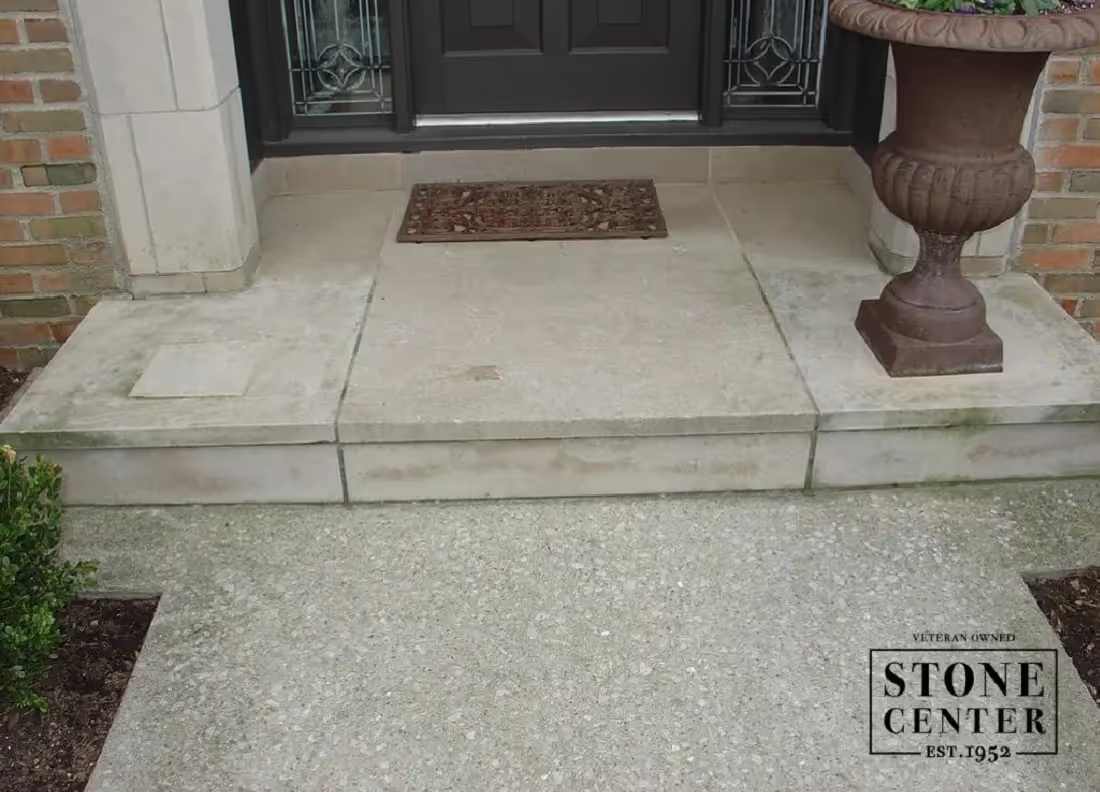
Travertine may thrive indoors, but when it comes to strength and resilience in high-traffic areas, limestone is hard to beat. Its denser composition makes it more resistant to wear and tear, making it a great choice for entryways, living rooms, and other spaces that see a lot of foot traffic.
Stepping out? Limestone is your outdoor ally. From grand entryways and poolside areas with limestone copings that shimmer under the sun to elegant patio paving, its resilience to weather and temperature fluctuations ensures lasting beauty. Don't forget fireplaces; limestone's fireproof qualities make it a natural choice for a stylish and safe focal point.
Limestone vs. Travertine: Price Comparison
While the above table dissects the technical specs of two stones, travertine and limestone, their true appeal lies in a nuanced interplay between cost, aesthetics, and enduring value. Let's dive deeper:
Travertine’s lower price point makes it a tempting choice for those who want a natural stone look without a hefty price tag. Its unique veining and patterns can boost property value, especially when used in key areas like kitchens and bathrooms. However, it does require more upkeep — without proper sealing, staining and etching can become an issue.
Limestone, while more expensive upfront, makes up for it with its durability and lower maintenance costs. Its ability to withstand wear and weather conditions ensures it remains a valuable feature in a home, making it a solid long-term investment.
At the end of the day, the right choice depends on your priorities — whether it's upfront cost, long-term value, or maintenance ease.
Conclusion
Travertine or limestone? These two natural stone products are both great choices for beautifying your home, whether indoors or out. They come in a wide range of hues and finishes and provide fine, less-expensive alternatives to marble and granite, while still giving a high-end look.
If you're in the Columbus or Cincinnati areas, stop by Stone Center to learn more about travertine and limestone. We can show you samples, help you plan your project, and even provide the stones. Our knowledgeable staff has a wealth of experience and is available to assist you with all your hardscaping needs. Don't hesitate to contact us!
FAQ
.avif)
Jon, the owner of Stone Center, is a knowledgeable expert in natural stone products, specializing in various types of stone for landscaping and architectural projects. Passionate about promoting the beauty and versatility of natural stone, Jon aims to use these blogs to inspire readers with creative ideas to upgrade their homes.
How much does it cost to get a stone restored?
How much you end up spending to restore stone varies on the type of stone, the technique, and the stone’s current condition. Stone in good condition will cost less to restore, whereas stone that has a lot of wear and tear may require a longer restoration.




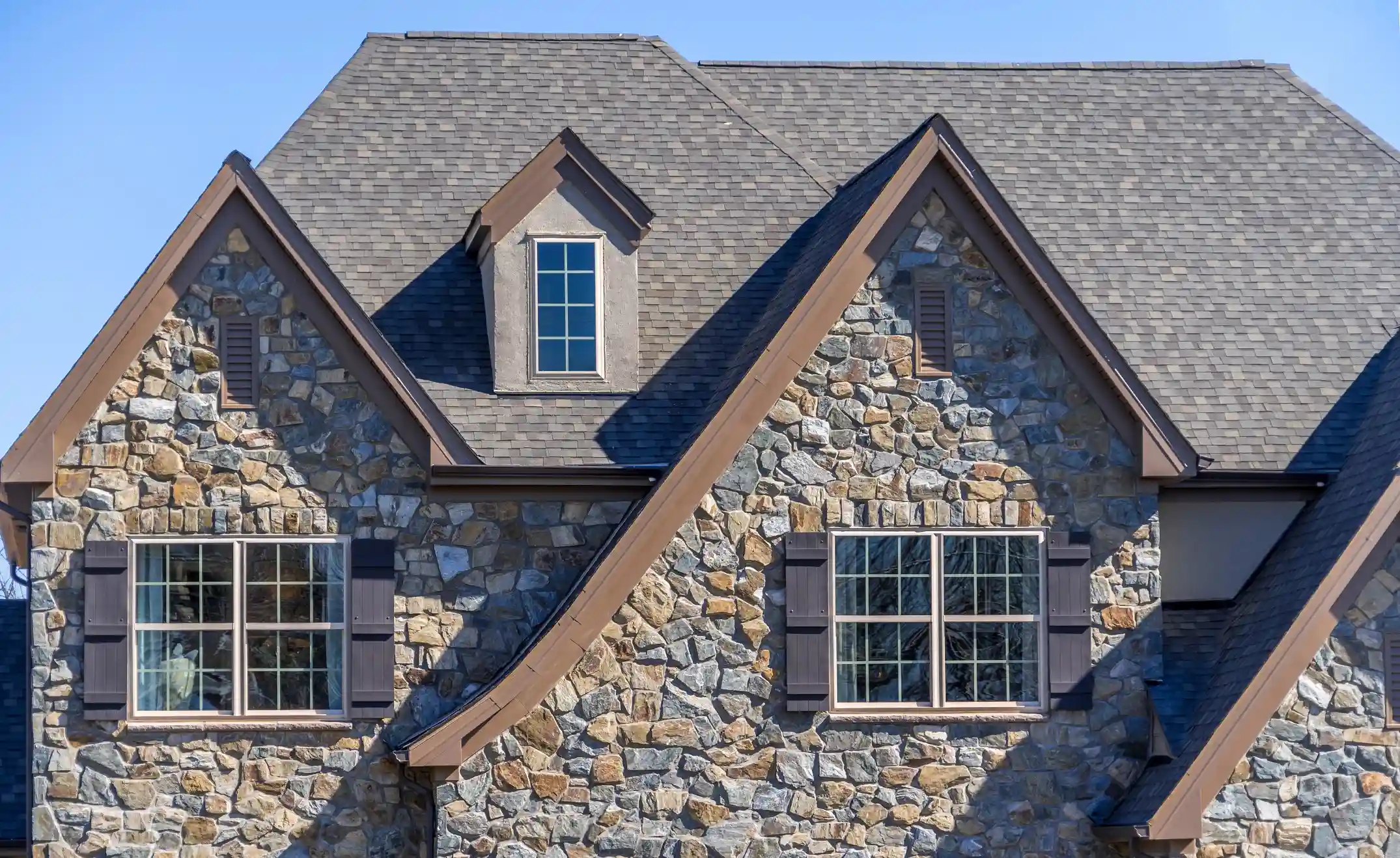
.webp)
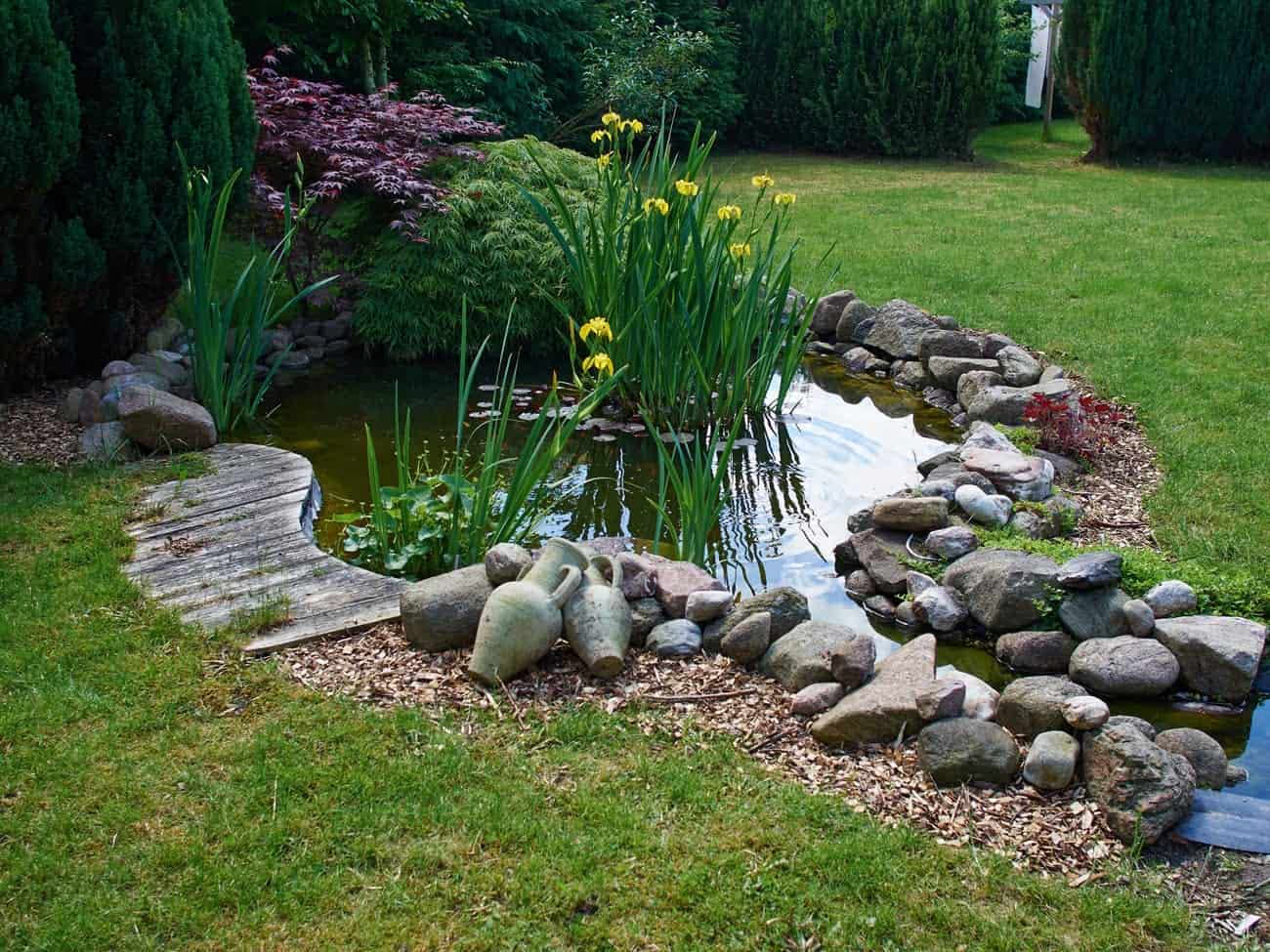
%20(1).avif)
%20(1).avif)
%20(1)%20(1).avif)
.avif)
